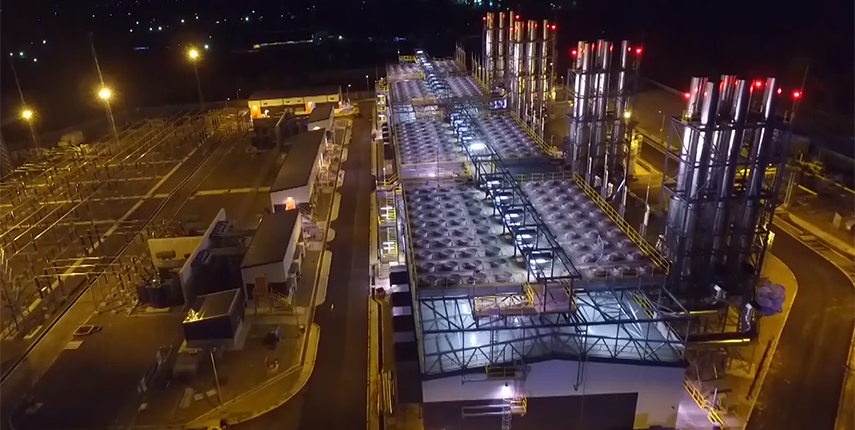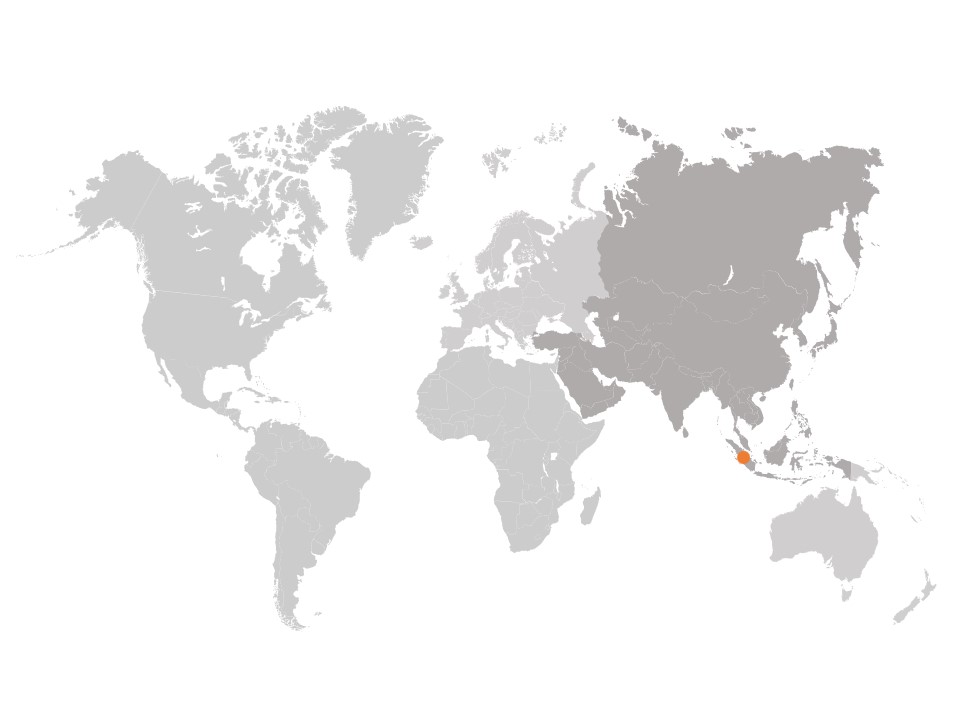

Arun, building an optimum generating system
| Who | PT Wijaya Karya Persero Tbk |
| What | 19 x Wärtsilä 20V34SG |
| Where | Arun, Sumatra |
| How | EEQ (Engineered equipment delivery) |
This is what we achieved
184
MW of electrical output
10
Minutes to reach full load
18
Months fast-track basis
The Arun power plant will serve to strengthen the Aceh Special District electricity system, ensuring reliable electricity supply to consumers during peak loads.
How we did it
Challenge
- Meet a heavily fluctuating peak demand for short periods
- Very large operating window required
- Fast growing demand soon renders current capacity insufficient
- Currently baseload plants must be used also for peaking
- Grid stability and reliability issues
Solution
- Wärtsilä 34SG combustion engines capable of daily starts/stops without any impact on maintenance
- Multiple engine solution with higher efficiency than open cycle GT plants
- Attractive delivery time, financial and development services
- Smart Power Generation plants used for peaking & grid stability
- Internal combustion engines with excellent ramp rates and able to reach full load in 10 minutes
Benefit
- Lower lifecycle costs
- Can follow load without reducing overall plant efficiency
- Customer can deliver power faster and start earning on electricity sales earlier
- More efficient use of baseload plants
- Grid support
The main details
| Customer | PT Wijaya Karya Persero Tbk (PT Wika) (Utility) |
| Type | Wärtsilä 34 gas power plant |
| Operating mode | Peak load/stand-by & emergency |
| Gensets | 19 x Wärtsilä 20V34SG |
| Total output | 184 MW |
| Fuel | LNG (Liquefied natural gas) |
| Scope | EEQ (Engineering & Equipment) |
| Delivered | 2015 |

Would you like to know more?
Contact us
Fill in a contact form and our experts aim to be in contact within 1-2 business days. Contact us »
Read our brochure
Read our product brochure to get all the details.
Related solutions and services
Trusted partner to the best companies in the world
Related press releases
28 Mar 2017
·
Press release
Wärtsilä to supply, operate and maintain five multi-fuel power plants in Indonesia
16 Sep 2016
·
Press release
Wärtsilä and PLN sign cooperation agreement to develop power generation in Indonesia
8 Mar 2012
·
Trade press release
Wärtsilä to supply Indonesia’s first gas engine based peaking power plant
Wärtsilä Energy. Let's connect.





